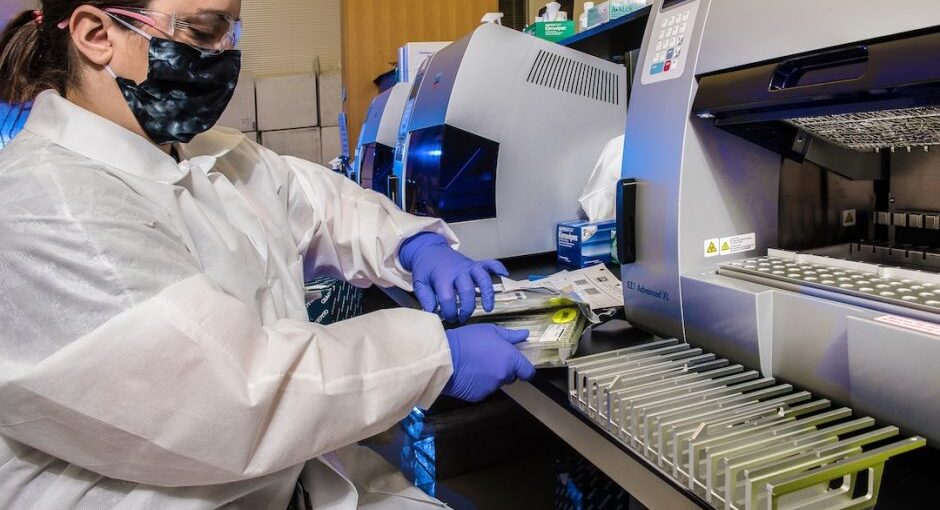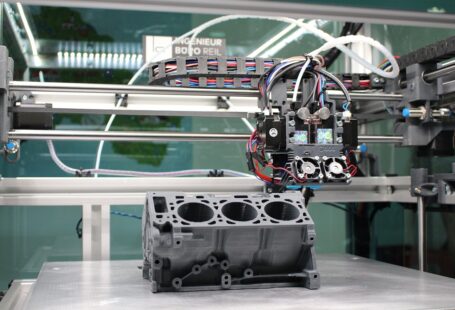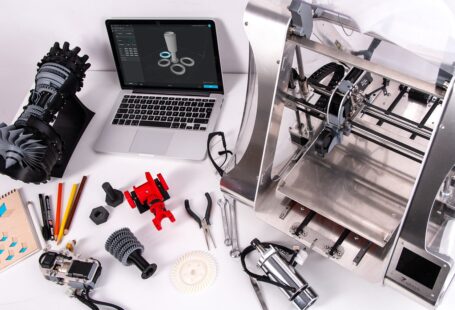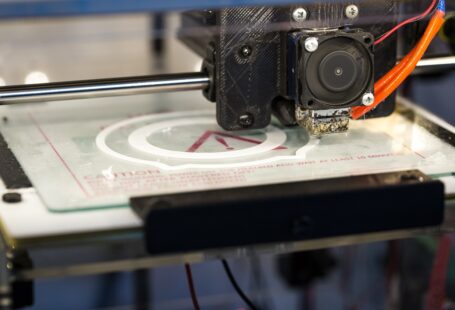3D printing materials have become increasingly popular in recent years, offering a wide range of advantages over traditional manufacturing processes. 3D printing materials are used for a variety of applications, including medical, aerospace, automotive, and consumer goods. While 3D printing materials are often claimed to be superior to traditional materials, it is important to understand the strength and durability of these materials in order to ensure that they are suitable for the intended application. This article will discuss the various strength testing methods used to evaluate the strength of 3D printing materials.
Types of Strength Tests
There are a variety of strength tests that can be used to evaluate 3D printing materials. These tests can be broken down into two main categories: destructive testing and non-destructive testing.
Destructive Testing
Destructive testing involves subjecting the material to a predetermined amount of stress and then observing the results. This type of testing is often used to determine the maximum amount of force a material can withstand before it fails. Common destructive tests include tensile testing, compression testing, and impact testing.
Non-Destructive Testing
Non-destructive testing is used to evaluate a material’s strength without damaging it. This type of testing can be used to detect any weak points or flaws in the material that could lead to failure. Common non-destructive tests include visual inspection, acoustic emission testing, and ultrasonic testing.
Factors Affecting Strength Testing
There are a number of factors that can affect the results of strength testing, such as the type of material being tested, the geometry of the part, the test environment, and the test method used. For example, a part made from a flexible material will behave differently than a part made from a rigid material when subjected to the same test. Additionally, the test environment can have an effect on the results, as the same material may behave differently in different temperatures or humidity levels.
Conclusion
Strength testing of 3D printing materials is essential in order to ensure that they are suitable for the intended application. There are a variety of strength tests that can be used, including destructive testing and non-destructive testing. Additionally, there are a number of factors that can affect the results of strength testing, such as the type of material, the geometry of the part, the test environment, and the test method used. By understanding the strength and durability of 3D printing materials, designers and engineers can ensure that the material they choose is best suited for their application.





